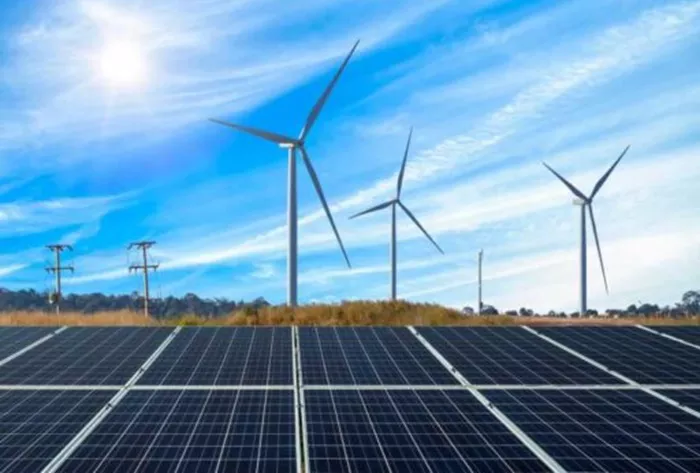According to the latest report from the International Energy Agency (IEA), the global capacity for hydropower is expected to be eclipsed by wind and solar energy generation within the next few years. The report highlights stable growth in hydropower, primarily driven by China, India, the ASEAN region, and Africa, but anticipates a shift in dominance towards renewable technologies.
The Renewables 2024 report projects that the world will add more than 5,500 GW of new renewable energy capacity between 2024 and 2030—nearly three times the increase observed from 2017 to 2023. In the main forecast scenario, annual global renewable capacity additions are expected to grow from 666 GW in 2024 to nearly 935 GW by 2030. Hydropower is projected to contribute between 20 GW and 30 GW annually during this period, as emerging economies, particularly in Africa, harness their hydropower potential.
While global hydropower capacity is anticipated to expand at a rate similar to that of 2017-2023, with over 165 GW coming online, China’s ambitions in large-scale conventional and pumped-storage hydro systems will account for nearly 40% of the projected global growth. Although hydropower growth in China is likely to slow down by 2030, momentum is expected to build in India, the ASEAN region, and Africa, where numerous hydropower projects are under development. In Europe, slight increases in hydropower activity are anticipated, supported by new pumped-storage projects in Spain and Austria.
Between 2017 and 2023, global hydropower capacity grew by 161.2 GW. The IEA forecasts an additional increase of 165.4 GW from 2024 to 2030. Despite its continued growth, hydropower’s share of global generation—currently at 14%—is projected to decline to 13% by 2030, largely due to the rise of wind and solar energy.
The report also outlines key milestones in the renewable energy landscape. By the end of 2024, combined generation from solar and wind is expected to surpass that of hydropower. By 2029, solar generation alone is projected to become the largest renewable power source, with wind power following suit by 2030.
Solar photovoltaic (PV) technology currently dominates the queue for grid connection, comprising over 60% of renewable capacity in advanced stages, while wind accounts for more than 35%. Hydropower lags significantly behind, representing just over 1%. As we approach the end of the decade, solar PV is set to become the leading renewable energy source, overtaking hydropower, which has long been the largest contributor to global renewable generation.
Related topics:
- EDGE Innovate Unveils Revolutionary Shredder to Combat Wind Turbine Blade Waste
- Himoinsa Unveils HGY Series Generators at Major Launch Event
- Bobcat’s RogueX2 Concept Loader Wins Prestigious Red Dot Design Award

